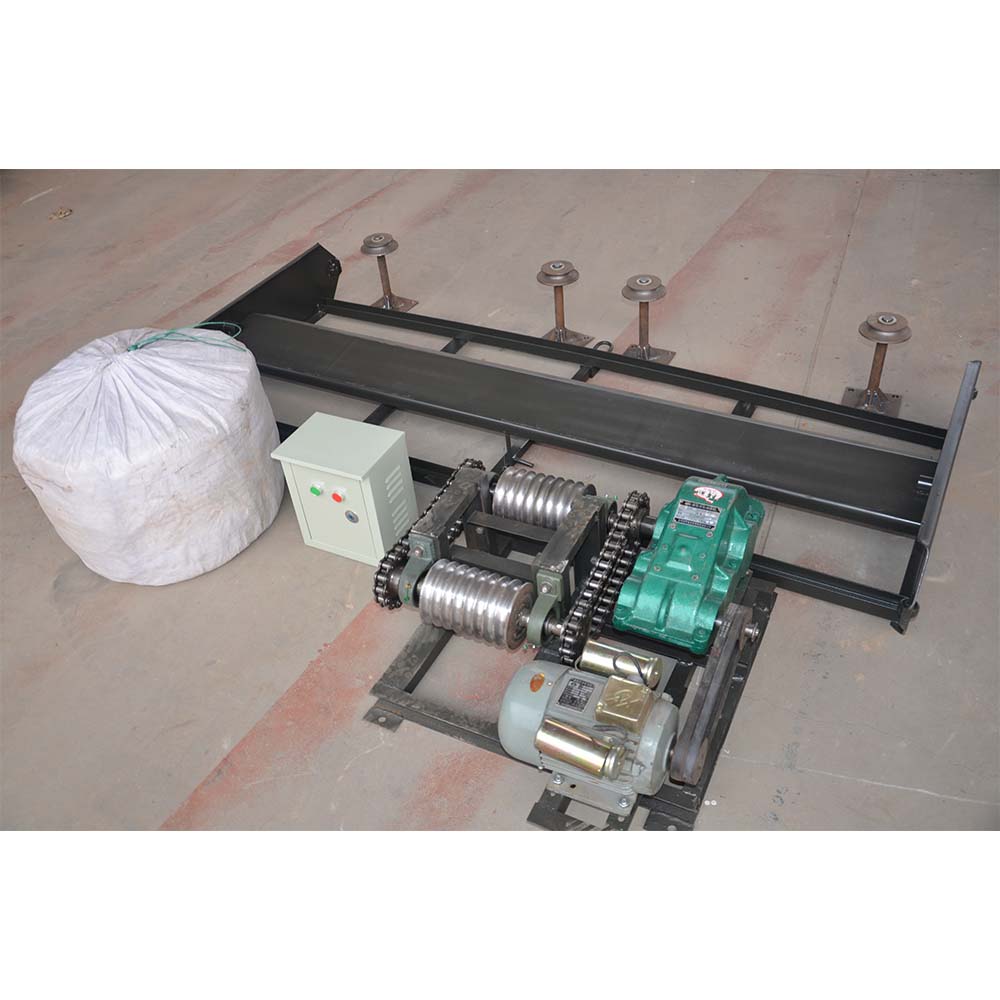Effective Duck Plucking Solutions for Commercial Operations and Poultry Processing
Oct . 10, 2024 06:02 Back to list
Effective Duck Plucking Solutions for Commercial Operations and Poultry Processing
The Essential Role of Commercial Duck Pluckers in Poultry Processing
In the modern poultry industry, efficiency and quality are paramount. As consumer demand for duck meat rises, particularly in Asian cuisines, the processing of ducks has become more specialized. One of the pivotal pieces of equipment in this domain is the commercial duck plucker. This innovative machine significantly streamlines the plucking process, ensuring that ducks are processed quickly while maintaining high-quality standards.
Commercial duck pluckers have been designed to address the unique challenges posed by duck feathers. Unlike chickens, ducks have a dense layer of down as well as tougher outer feathers that require powerful, effective removal techniques. Traditional plucking methods are labor-intensive and time-consuming, making them less suitable for large-scale operations. By automating this step of the processing line, commercial duck pluckers enable processors to handle larger volumes, thus meeting the increasing market demands.
The operation of a commercial duck plucker typically involves the use of rubber fingers or cones that gently yet effectively remove feathers without damaging the skin or meat
. Many advanced models are equipped with adjustable speed settings and various plucking configurations, allowing processors to customize settings based on duck size and feather type. This adaptability not only enhances efficiency but also ensures a quality finish, which is essential for both product presentation and consumer satisfaction.commercial duck plucker

Furthermore, the use of commercial duck pluckers contributes to hygiene and food safety—critical concerns in poultry processing. By mechanizing the plucking process, there is a reduced risk of contamination from human handling. Modern units are designed with easy-to-clean components, ensuring that sanitation protocols can be easily maintained. This is vital in preserving the integrity of the meat and complying with health regulations.
In addition to operational benefits, commercial duck pluckers also have a positive impact on labor costs. While the initial investment in such machinery can be considerable, the long-term savings through reduced labor and increased productivity can be substantial. Labor scarcity in many regions makes it essential for processors to invest in technology that alleviates the demands on their workforce. With fewer workers needed for the plucking stage, businesses can reallocate human resources to other critical functions, such as quality control and packaging.
Moreover, as consumer trends lean towards ethically produced and sustainably sourced food, commercial duck pluckers play a role by enabling local producers to scale their operations without sacrificing quality or values. By making the processing more efficient, these machines help support smaller operations that prioritize ethical practices and local sourcing.
In conclusion, the commercial duck plucker is an invaluable asset in the poultry processing industry. With its ability to efficiently and effectively remove feathers, it helps processors meet growing consumer demands, enhance sanitation practices, reduce labor costs, and maintain high-quality standards. As the industry continues to evolve, technology like commercial duck pluckers will undoubtedly remain at the forefront of poultry processing innovation.
-
Hot Sale 24 & 18 Door Rabbit Cages - Premium Breeding Solutions
NewsJul.25,2025
-
Automatic Feeding Line System Pan Feeder Nipple Drinker - Anping County Yize Metal Products Co., Ltd.
NewsJul.21,2025
-
Automatic Feeding Line System Pan Feeder Nipple Drinker - Anping County Yize Metal Products Co., Ltd.
NewsJul.21,2025
-
Automatic Feeding Line System - Anping Yize | Precision & Nipple
NewsJul.21,2025
-
Automatic Feeding Line System - Anping Yize | Precision & Nipple
NewsJul.21,2025
-
Automatic Feeding Line System-Anping County Yize Metal Products Co., Ltd.|Efficient Feed Distribution&Customized Animal Farming Solutions
NewsJul.21,2025






